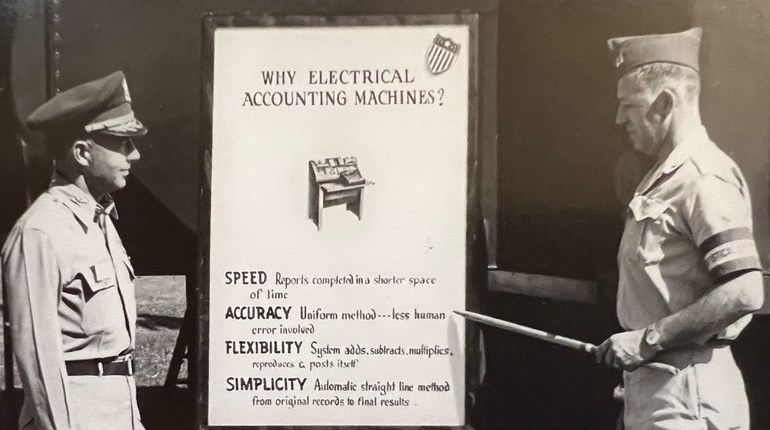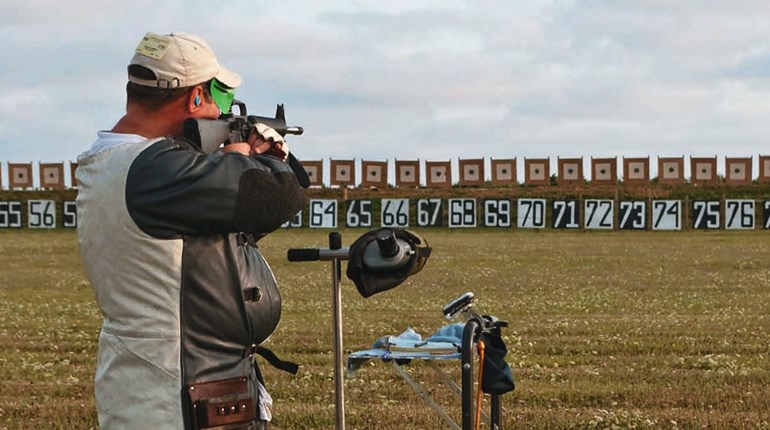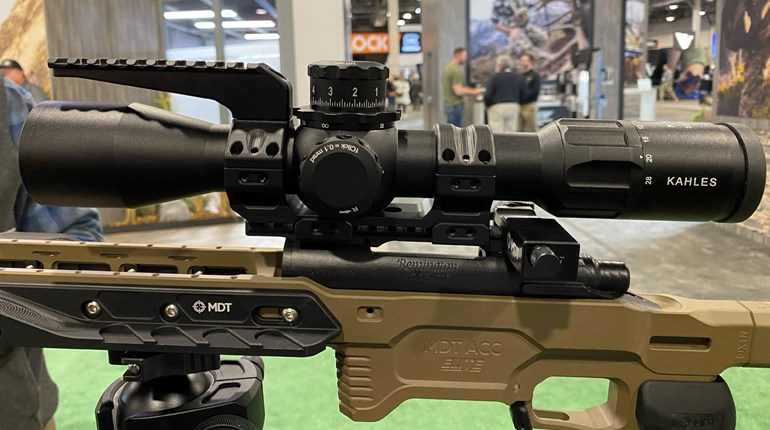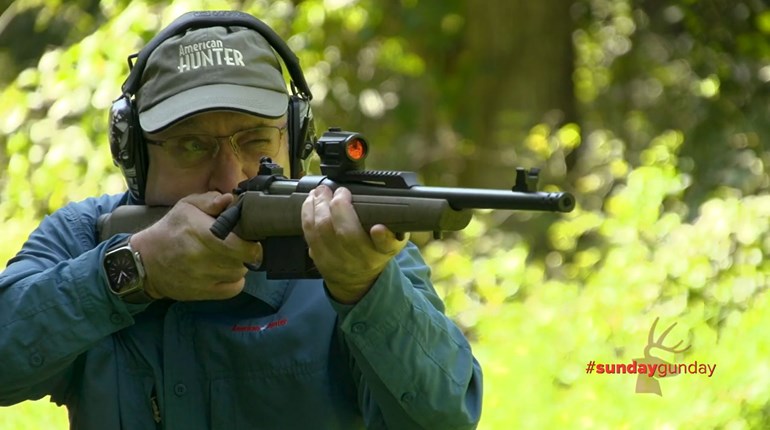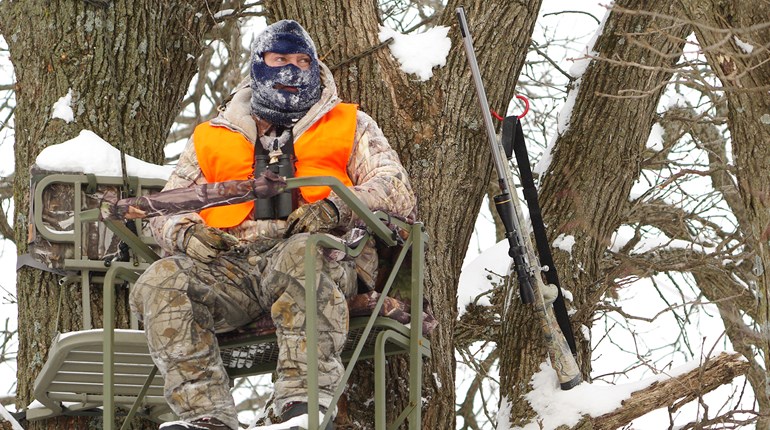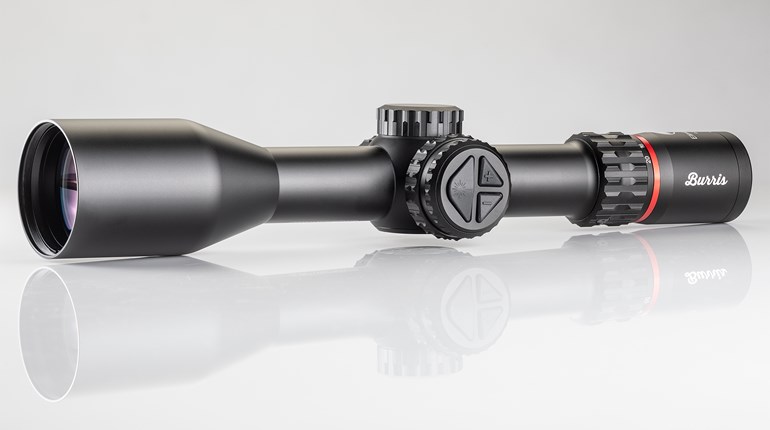
Standing on a side hill in the Catskill Mountains, in over two feet of snow, precariously balanced on a pair of snowshoes, wondering exactly how I’d descend the slope without rolling to the bottom, I spied movement in the hemlock trees about 150 yards away and below me. The binocular indicated it was a buck, and once I’d verified it was legal—we must adhere to a ‘three-on-one-side’ antler restriction—I exchanged the glass for the rifle. Leaning my back against an oak growing on the slope, broke the trigger of the Tikka T3x, sending a 140-grain Nosler AccuBond through the top of his heart. The cartridge? Remington’s 7mm-08.
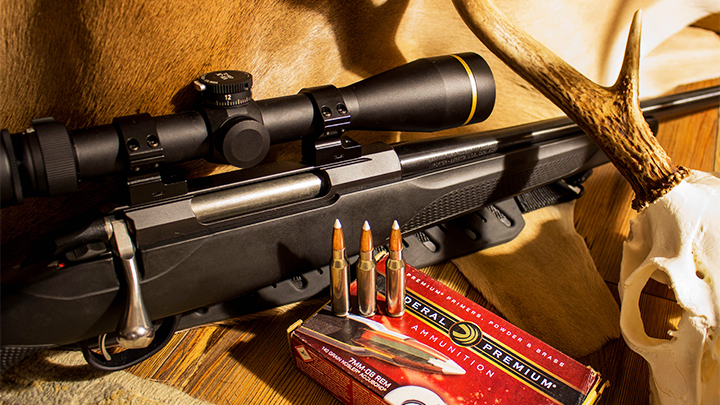
Twenty six years earlier, on a Thanksgiving Day which saw temperatures that barely made it into the teens, a much younger me sat in a tripod stand, slowly freezing to the metal, when the first decent eight-point buck I’d ever seen in the deer woods gave me a shot at 80 yards. A Remington 7400 sent a 140-grain Core-Lokt through the back of the lungs, and I soon stood over that deer, no longer concerned about the cold. The cartridge? The .280 Remington.
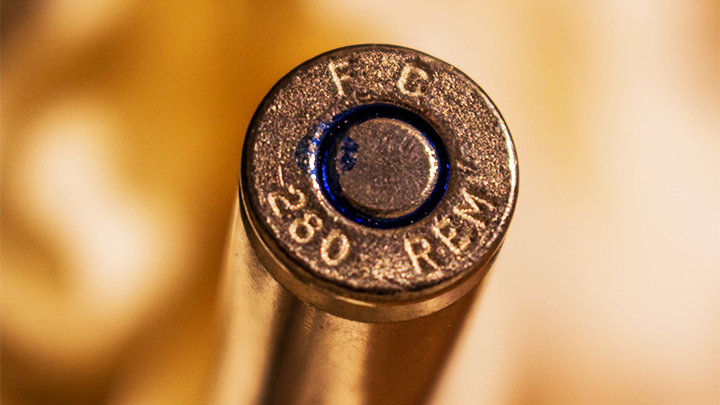
Remington sure has an affinity for 7mm cartridges, what with five hunting cartridges coming quickly to mind, six if we count the 7mm BR Remington. And though I was most certainly raised in a family who embraced .30-caliber, I enjoy the 7mms as well. The 7mm Remington Magnum is one of the most popular, and the 7mm Remington Ultra Magnum and Short Action Ultra Magnum have their fervent fans. But for me, the pair based on the .308 Winchester and .30-06 Springfield have the most appeal.
The .280 Remington came first, released in 1957, based on the .30-03 Springfield case (just a bit longer than the .30-06) with a shoulder just a bit more forward than the .270s to prevent any accidents. The 50s saw a bunch of new and innovative cartridges released, including the Winchester trio of belted magnums—the .458, .338 and .264—as well as the .308, .243 and .358 Winchester. The .30-06 Springfield was over a half-century old, and the .270 Winchester turned 32 years old; not to mention the 7x57mm Mauser, developed in the late 1890s. Sadly, the .280 Remington didn’t make the splash that Remington wanted, and the cartridge kind of plodded along through the years, with Remington trying to breathe new life into it by renaming it the 7mm Express Remington in 1979, but the name was switched back in 1981, as there was some confusion with the 7mm Remington Magnum. But a rose by any other name is still a rose, and the .280 remained an excellent cartridge, without a moment in the spotlight. It has the same 17-degree 30-minute shoulder of the Springfield family, and can use the full gamut of 7mm hunting bullets.
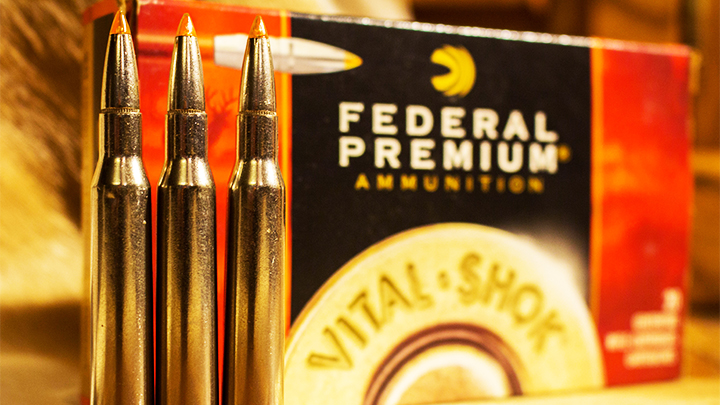
Not long after the .280 Remington made its public debut, wildcatters had their way with the .308 Winchester case, marrying it to the 7mm bullets, resulting in the 7mm/308 wildcat. Remington legitimized the cartridge in 1980, releasing the 7mm-08 Remington to the hunting world. Like its parent cartridge, the 7mm-08 Remington works perfectly in a short-action rifle, and inherited the .308’s accuracy. The 7mm-08 Remington shares the same 20-degree shoulder angle and datum line of the .308 Winchester, but the case measures 2.035 inches versus the .308’s 2.015 inches. Much like its father, it performs best with bullets in the middle to light weight category, usually from 150 grains and downward, with the 120- and 140-grain choices being most popular for hunting.
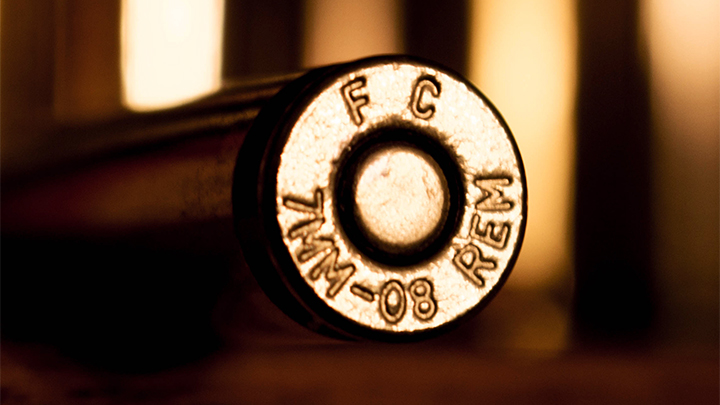
Looking at the velocity difference between the two cartridges, you’ll see the .280 Remington driving a140-grain bullet at a muzzle velocity between 2950 and 3050 fps, while the 7mm-08 Remington clocks in between 2800 and 2850 fps (Hornady’s Superformance being an exception at 2900 fps). The difference is minimal, much like the comparison between the .308 and .30-06, and with the proper shot placement, I don’t think too many animals will be able to differentiate between the two. The heavier bullets—160 and 175 grains, for which there are few factory loas—are better handled by the roomier .280 Remington case, though in spite of heavily compressed loads, the 7mm-08 Remington doesn’t fare too awfully bad in this department.
Recoil is about equal between the two, though in a lightweight mountain rifle—a perfect platform for the short-action 7mm-08—you may find both a bit snappy, but compared to the magnum cases with faster recoil speeds, the pair of sevens are easy on the shoulder. I find these two cartridges to be just about equal in the accuracy department; I’ve seen hair-splitting accuracy from both cases, and have rarely seen anything disappointing from a quality rifle chambered in either of these cartridges.
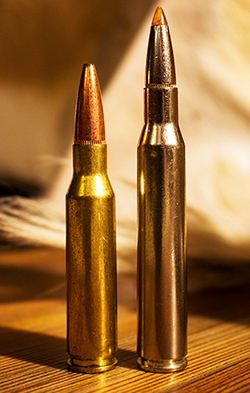
Availability of factory loads seems to have waned for both cartridges, with many loads becoming either seasonal runs or being discontinued. When available, there is a wide range of bullet choices, from the affordable Federal ‘blue box’ and Remington Core-Lokt ammo, to the premium stuff from Norma, Nosler, Federal (the Trophy Bonded Tip is excellent) and Hornady. Both brass and bullets for the handloader open the flood gates, and I’ve loaded both with great effect. The .280 Remington with a 175-grain Swift A-Frame over a stout load of Reloder 22 performed very well on the full gamut of African plains game, and the 7mm-08 handloaded with 150-grain North Fork Bullets made for a very happy black bear hunter.
So who wins the match? This one is as tough as the .308/.30-06 debate, as they are both excellent designs, and the case can be made for either. I’m going to call it this way: if you’re shopping for an all-around rifle in a cartridge which can best handle a wide range of species across North America, Europe and Africa, I’d say the .280 Remington is better of the two choices, for the simple reason that it handles the 160- and 175-grain bullets better. If you’re pairing one of these two with a .300 Magnum, .338 or one of the beefy .35s, the 7mm-08 Remington may be what you’re after, especially in a light, handy deer rifle.
Looking for previous installments of our "Head to Head" series? We've got you covered.
• .280 Remington vs. .280 Ackley Improved
• 7mm vs. .30 Caliber
• 6.5 Weatherby RPM vs. 6.5 PRC
• .338 Win. Mag. vs. .340 Wby. Mag.
• .300 RSAUM vs. .300 WSM
• .500 Jeffrey vs. .505 Gibbs
• 7mm RUM vs. .300 RUM
• .308 Winchester vs. 7mm-08 Remington
• 6.5 Creedmoor vs. .260 Remington
• .303 British vs. 8x57 Mauser
• .30-06 Springfield vs. All Other .30s
• .17 HMR vs. .17 WSM
• .450 Nitro Express vs. .470 Nitro Express
• 350 Legend vs. .35 Remington
• .280 Ackley Improved vs. 7mm Rem. Mag.
• .404 Jeffery vs. .416 Rigby
• .243 Winchester vs. 6mm Creedmoor
• .300 PRC vs. .300 Win. Mag.
• .30-06 Springfield vs. .270 Winchester
• 6.5 Creedmoor vs. 7mm-08 Remington
• 8x57 Mauser vs. .318 Westley Richards
• .358 Winchester vs. .350 Remington Magnum
• .22-250 Remington vs. .220 Swift
• .270 Winchester vs. .270 WSM
• .26 Nosler vs. 6.5-300 Weatherby Magnum
• .458 Win. Mag. vs. .458 Lott
• 7mm Rem. Mag. vs. .300 Win. Mag.
• .243 Winchester vs. 6mm Remington
• 7x57mm Mauser vs. 7mm-08 Remington
• .25-06 Remington vs. .257 Weatherby Magnum
• .338 Winchester vs. .375 H&H Magnum
• .30-30 Winchester vs. .35 Remington
• .257 Roberts vs. .250-3000 Savage
• .270 Winchester vs. .280 Remington
• .35 Whelen vs. 9.3x62mm Mauser
• .416 Rigby vs. .416 Remington Magnum
• .308 Winchester vs. .30-06 Springfield
• .22 Nosler vs. .224 Valkyrie
• .300 Win. Mag. vs. .300 WSM
• .223 Remington vs. .22-250 Remington













